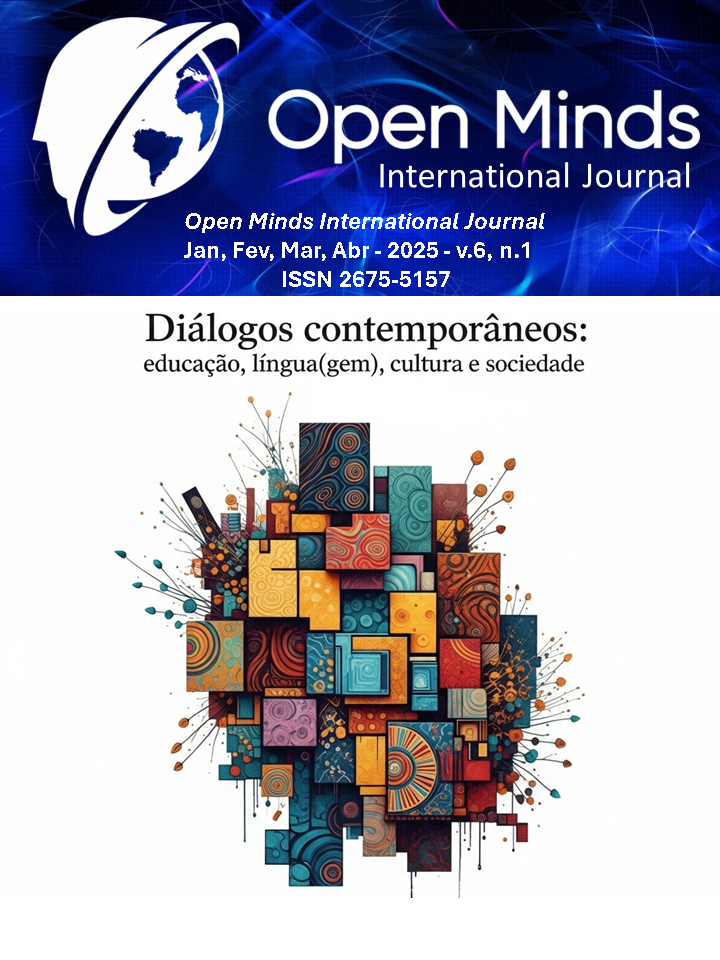Kaiut Yoga and Diabetes: Conscious Movement for Body and Blood Sugar Balance
DOI:
https://doi.org/10.47180/omij.v6i1.359Keywords:
Kaiut Yoga, type 2 diabetes, neural plasticity, autonomic nervous system, joint mobility, glycemic modulationAbstract
This article examines the applicability of the Kaiut Yoga method as an adaptive somatic practice for individuals with type 2 diabetes mellitus, with emphasis on neurosensory reorganization and autonomic modulation mechanisms. The technique, centered on sustained joint mobility and repetitive, accessible positioning, operates through proprioceptive and sensorimotor pathways to induce adaptive neural plasticity. Drawing from both scientific literature and documented clinical observations, the study explores the hypothesis that regular practice may contribute to the stabilization of physiological processes involved in metabolic regulation. Rather than offering therapeutic promises, the article argues for a neurophysiologically plausible role of Kaiut Yoga as a complementary intervention. The conceptual integration of neuroscience, metabolic physiology, and somatic organization positions the method within a broader interdisciplinary care model.
Downloads
References
TIBONI, R. K.; SPERCOSKI, A. F.; RODRIGUES, F. A. A. A metodologia de ensino Kaiut Yoga e seu uso na neuroplasticidade cerebral em prol do sistema nervoso. Contribuciones a Las Ciencias Sociales, v. 17, n. 6, p. 01–14, 2024. DOI: 10.55905/revconv.17n.6-341. Acesso em: 10 abr. 2025. DOI: https://doi.org/10.55905/revconv.17n.6-341
KAIUT, F.; RODRIGUES, F. A. A. Neuroyoga: uma abordagem multiprofissional para a yoga como terapia através do método Kaiut Yoga. Contribuciones a Las Ciencias Sociales, v. 16, n. 8, p. 9303–9311, 2023. DOI: 10.55905/revconv.16n.8-068. Acesso em: 4 abr. 2025. DOI: https://doi.org/10.55905/revconv.16n.8-068
SANTIAGO, P. R. S. et al. Diabetes e demência: como alguns fármacos para tratar diabetes reduzem o risco de demência. Cuadernos de Educación y Desarrollo, v. 15, n. 8, p. 7407–7416, 2023. DOI: 10.55905/cuadv15n8-032. Acesso em: 1 abr. 2025. DOI: https://doi.org/10.55905/cuadv15n8-032
SURWIT, R. S.; ROSS, S. L.; FEINGLOS, M. N. Stress, behavior, and the autonomic nervous system in type II diabetes mellitus. In: HOLMES, C. S. (ed.). Neuropsychological and behavioral aspects of diabetes. New York: Springer-Verlag, 1990. p. 183–195. Acesso em: 3 abr. 2025. DOI: https://doi.org/10.1007/978-1-4612-3290-2_10
LANGER, A. et al. Metaiodobenzylguanidine imaging in diabetes mellitus: assessment of cardiac sympathetic denervation and its relation to autonomic dysfunction and silent myocardial ischemia. Journal of the American College of Cardiology, v. 25, n. 3, p. 610–618, 1995. Acesso em: 1 abr. 2025. DOI: https://doi.org/10.1016/0735-1097(94)00459-4
AMADAWALA, Tasneem; RUKADIKAR, Charushila; DESHPANDE, Dileep. Comparative study of autonomic function in diabetics and yoga practitioners using Ewing’s battery. Journal of Family Medicine and Primary Care, v. 14, n. 1, p. 121–125, jan. 2025. Disponível em: https://doi.org/10.4103/jfmpc.jfmpc_749_24. Acesso em: 10 abr. 2025. DOI: https://doi.org/10.4103/jfmpc.jfmpc_749_24
Downloads
Published
How to Cite
Issue
Section
License
Copyright (c) 2025 Open Minds International Journal

This work is licensed under a Creative Commons Attribution-NonCommercial-NoDerivatives 4.0 International License.
The authors declare that any work submitted, if accepted, will not be published elsewhere, in English or in any other language, and even electronically, unless it expressly mentions that the work was originally published in the Journal.













